

Can Scoliosis Cause Legs to Collapse While Standing?
The importance of seeking treatment for scoliosis is important. This article will seek to answer the question.
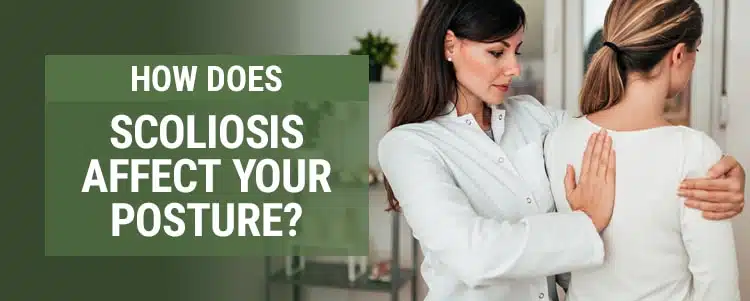

How Does Scoliosis Affect Your Posture?
Scoliosis can affect posture in different ways. This article will answer the question of how does scoliosis affect your posture.
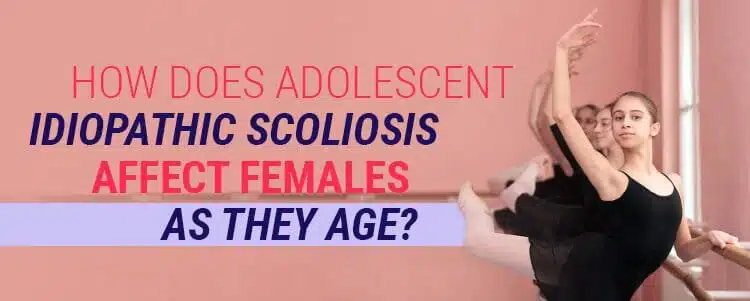

How Does Adolescent Idiopathic Scoliosis Affect Females as They Age?
The ways in which adolescent idiopathic scoliosis affects females. Read how adolescent idiopathic scoliosis affects females as they age.
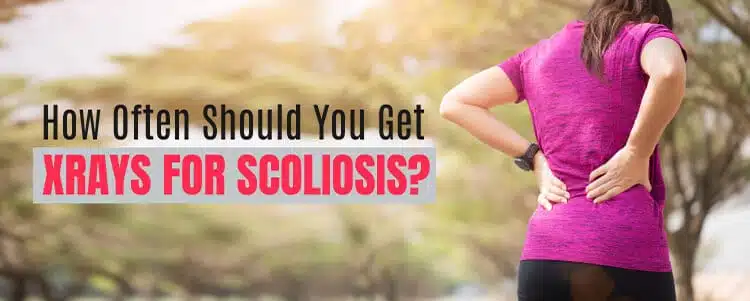

How Often Should You Get X-Rays For Scoliosis?
Scoliosis is an unpreventable progressive condition. In treatment terms, that means monitoring the condition’s rate of progression is important and X-rays are a vital part of that monitoring process.
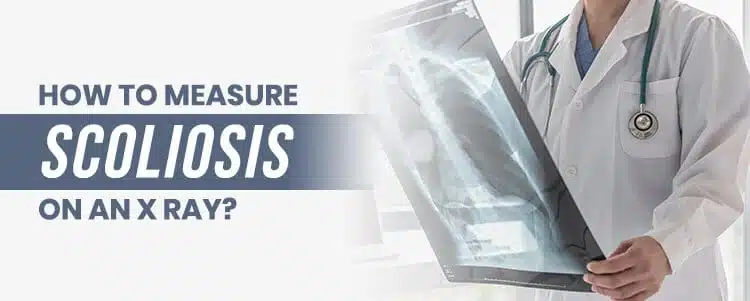

How to Measure Scoliosis on an X-Ray
To achieve a comprehensive understanding of scoliosis, X-rays should be paired with additional measurements and observations to measure scoliosis.
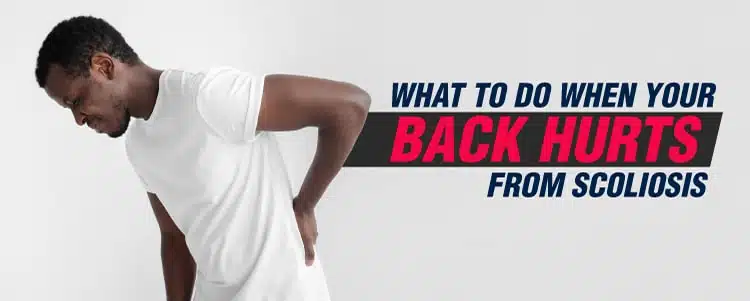

Back Pain Scoliosis: What To Do When Your Back Hurts
A Chiropractic-Centered Treatment Approach will improve functionality associated with back pain with Scoliosis.
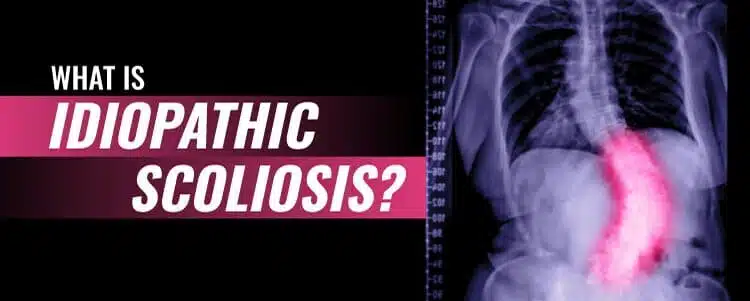

What is Idiopathic Scoliosis?
There is still a lot of mystery surrounding scoliosis. Here you will learn what is idiopathic scoliosis where the condition has no single known cause.
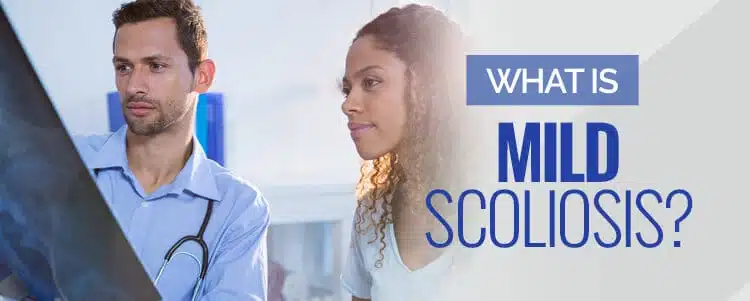

What is Mild Scoliosis?
Here is a resource to define what is mild scoliosis and the symptoms associated with it.
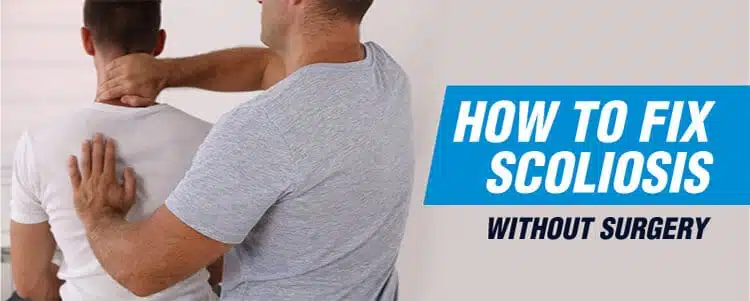

How to Fix Scoliosis Without Surgery
Here’s a functional approach to fix scoliosis without surgery...
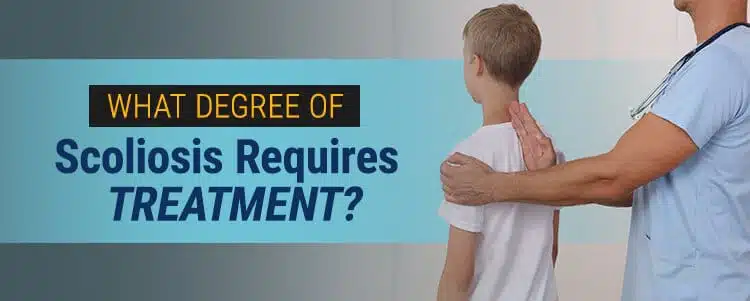

What Degree of Scoliosis Requires Treatment?
Determining what degree of scoliosis requires treatment is a complex issue. This is because there are two main approaches to treating the condition and they differ widely.
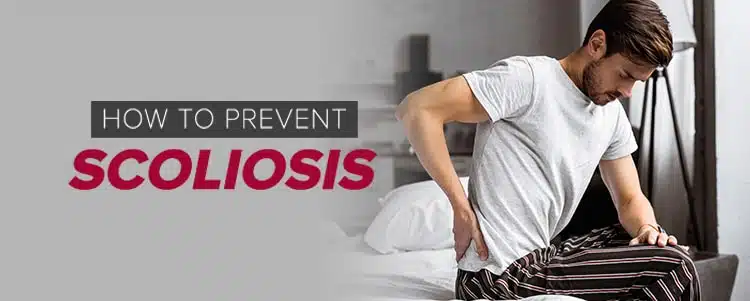

How To Prevent Scoliosis
It’s hard when people come to me looking for an answer on how to prevent scoliosis.
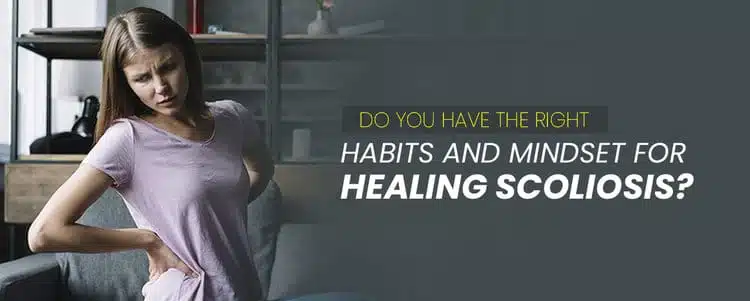

Do You Have the Right Habits and Mindset for Healing Scoliosis?
People who want to make big changes in their lives often find success by examining and changing their habits, which is not always easy to do.
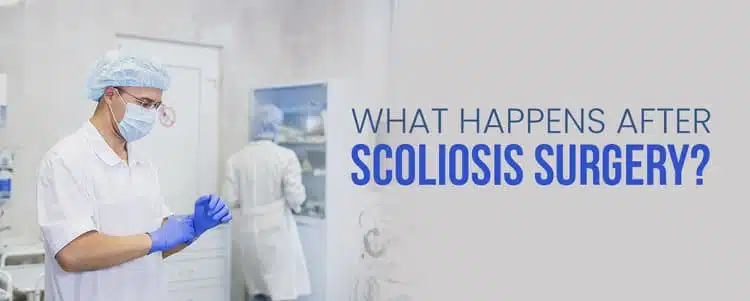

What Happens After Scoliosis Surgery?
Perhaps this is an oversimplification, but typically, there are two paths a person can take once they’ve received a scoliosis diagnosis.


Are Our Devices Making Scoliosis Worse?
Today’s technology allows us to do some amazing things. For example, I am writing this on my computer and sending it out to the Scoliosis Reduction Center® website via the internet.
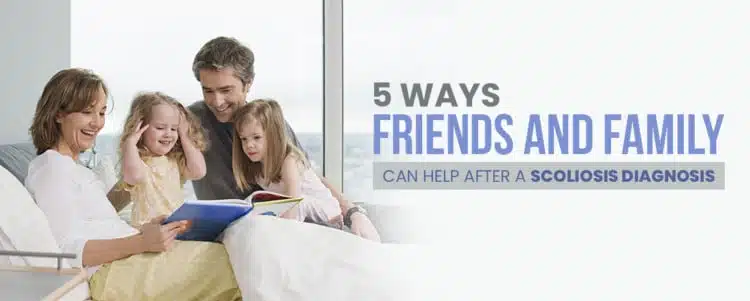

5 Ways Friends and Family Can Help After a Scoliosis Diagnosis
Scoliosis is a condition that affects the millions of people who have been diagnosed with it.
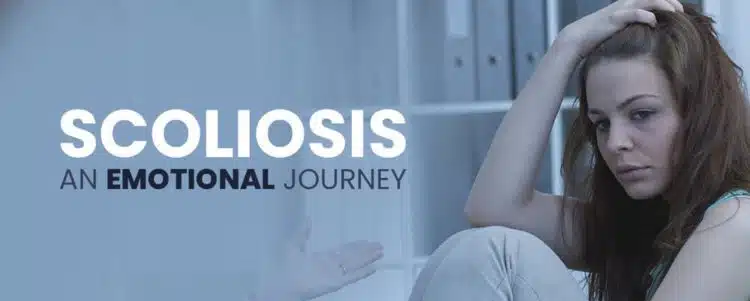

Scoliosis: An Emotional Journey
Whether a patient is an adolescent or an adult, scoliosis will have a considerable impact on emotions.
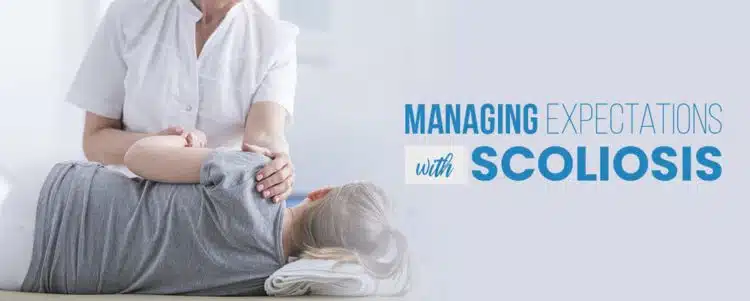

Managing Expectations with Scoliosis
One of the keys to treating any medical condition is managing expectations. Successful outcomes are much more likely when everyone is on the same page.
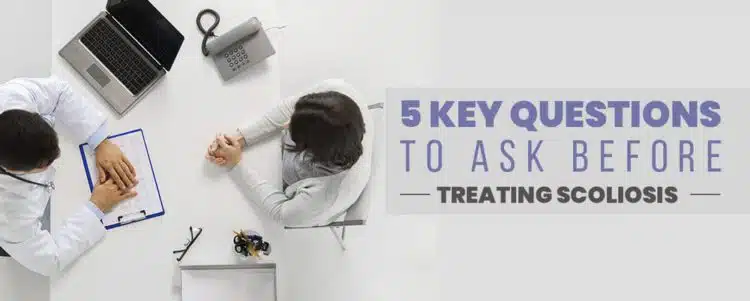

5 Key Questions to Ask Before Treating Scoliosis
If you or a loved one has received a scoliosis diagnosis recently, you will probably be meeting doctors and other experts soon in order to begin the treatment process.
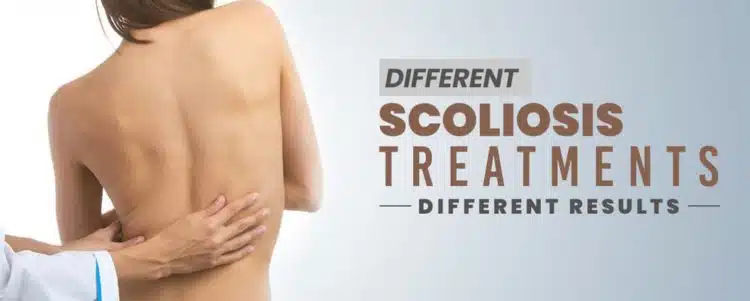

Different Scoliosis Treatments, Different Results
I think it is useful to compare the two scoliosis treatments so patients and parents can decide what is actually best for them and their specific situation.